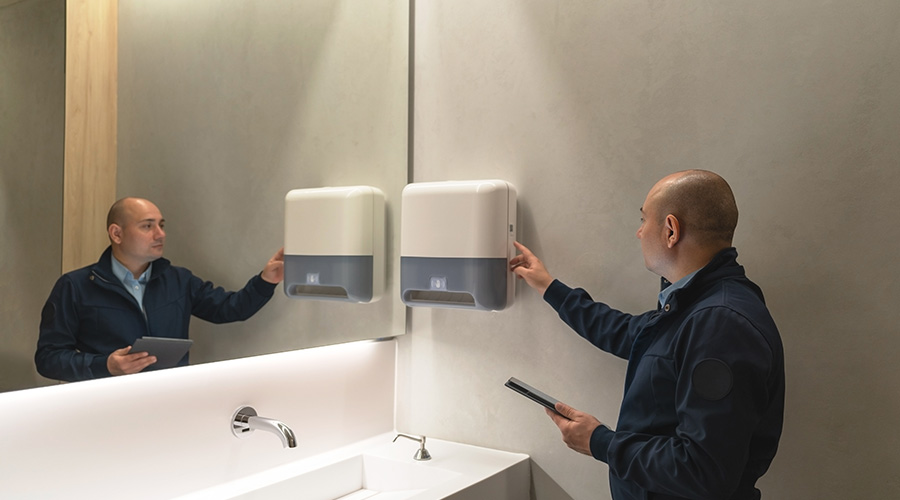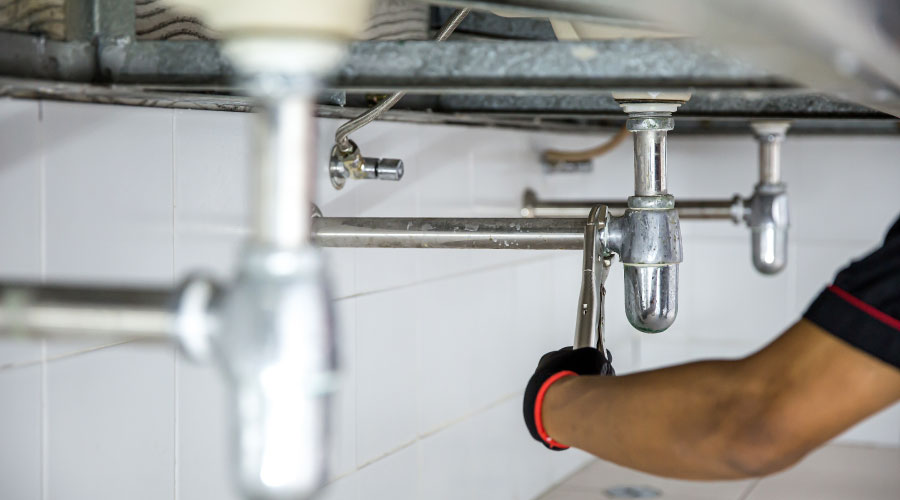Touchless Controls Improve Restroom Performance
Fortunately, manufacturers have recognized the need to improve the performance of restrooms while reducing maintenance and operating costs. As a result, they have designed a range of products to meet these needs. One of the most significant developments for improving restroom performance is the development of touchless controls.
Initially limited to use with flush valves, managers now can specify touchless controls for use with faucets, soap dispensers, paper-towel dispensers, and hand dryers. From a user’s standpoint, touchless controls improve sanitation.
Eliminating physical contact with devices and surfaces reduces the chances users will come in contact with dirt, bacteria, or germs. Managers of facilities with touchless controls say users give their facilities significantly higher cleanliness ratings.
Users are not the only ones who benefit from touchless controls. Touchless controls also reduce maintenance requirements and product use. Since the operating portion of the control is out of the users’ reach, wear, accidental abuse and vandalism all decrease.
Touchless faucets and flush valves automatically limit the water flow. Users cannot leave faucets on, either accidentally or intentionally, and they cannot activate flush valves more than once per use. On average, restrooms equipped with touchless controls see a 75 percent cut in water use. Similarly, touchless soap and paper-towel dispensers limit the amount of product dispensed with each use. The result is lower product use, less frequent refills and less clutter in the restroom.
Touchless electric hand dryers also reduce energy use by limiting the amount of time a dryer operates to only the actual time the user needs. When combined with a high-velocity dryer, energy use for hand drying can decrease by 50 percent or more.
Waterless urinals also are designed to improve restroom performance and reduce operating costs. Conventional urinals use a water seal to prevent odors from escaping from the waste system, requiring regular flushing to constantly replace the water seal. In a medium- to high-use application, a conventional urinal uses 10,000-40,000 gallons of water annually.
Waterless urinals have a disposable, liquid-filled cartridge that serves as the seal instead of using water as a seal. They eliminate water use and have no valves, supply plumbing, or flush sensors. They also eliminate problems resulting from overflow and splashing. Their biggest maintenance requirement is periodic replacement of the disposable cartridge.
Related Topics:














